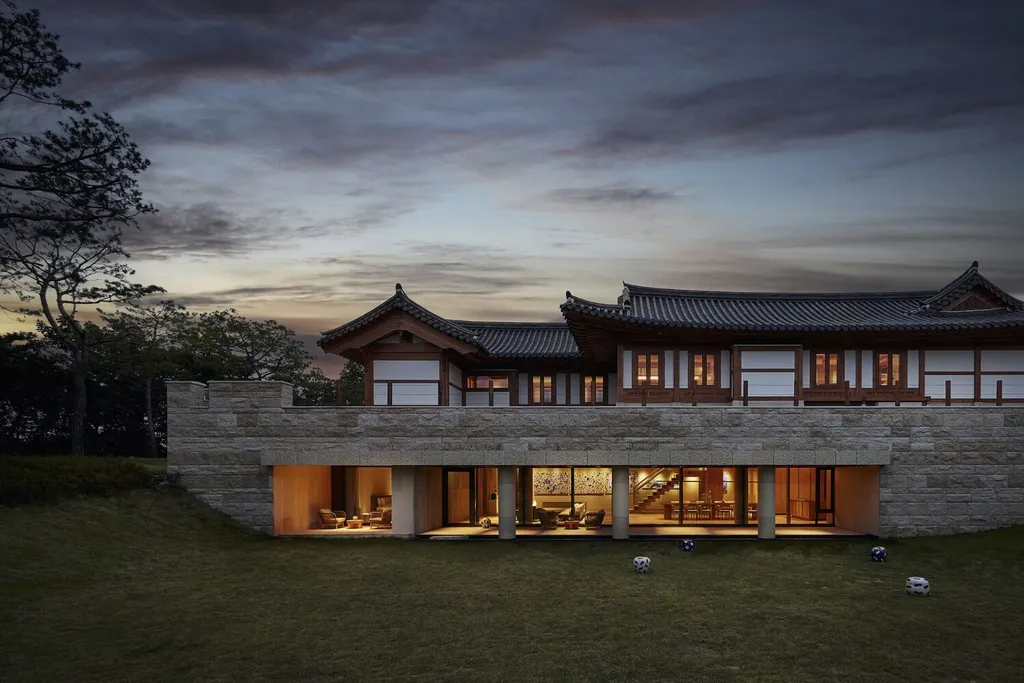In the heart of Seoul, where the past and present collide, two contemporary hanok houses are redefining traditional Korean architecture, offering a blueprint for how heritage can embrace modern life. Myeonglinheon and Sugyeongjae, featured in a recent study published in the *Journal of Traditional Building, Architecture and Urbanism* (translated from Korean as *Journal of Traditional Construction, Architecture and Urban Planning*), are not just houses; they are testaments to the evolving identity of Seoul’s architectural heritage.
Kim Won-cheon, lead author of the study and principal at Chamooree Group, explains, “These projects are about more than preserving the past. They are about creating spaces that resonate with contemporary lifestyles while honoring tradition.” Myeonglinheon, nestled in Eunpyeong Hanok Village, is a three-level dwelling that orbits around a spacious courtyard. The ground floor is a public space for gatherings, the upper level offers private quarters with views of Mount Bukhansan, and the basement is dedicated to leisure. The house is adorned with hand-carved latticework, turtle-shaped balusters, and paper windows, creating a timeless atmosphere.
Meanwhile, Sugyeongjae, located in Gahoe-dong within the historic Bukchon Hanok Village, seamlessly blends a 1930s wooden hanok with a new semi-basement designed for cultural activities. Its courtyard opens southward toward Namsan, with spaces layered from communal to intimate, reusing historical timber and tiles.
These projects demonstrate how hanoks can evolve, maintaining their cultural identity while offering new perspectives for the future. “The key is adaptability,” Kim notes. “We’re not just preserving; we’re innovating within the constraints of tradition.”
The commercial implications for the energy sector are significant. As cities worldwide grapple with sustainability, these projects show how heritage buildings can be retrofitted to meet modern energy standards. The adaptive reuse of historical materials and the integration of contemporary design elements can reduce the carbon footprint of new constructions, a critical factor in today’s environmentally conscious market.
Moreover, the success of Myeonglinheon and Sugyeongjae highlights the growing demand for heritage tourism. These houses are not just residences; they are attractions that draw visitors eager to experience the blend of old and new. This trend could spur investment in similar projects, creating a ripple effect across the tourism and hospitality industries.
As Seoul continues to evolve, the lessons from these hanoks could shape the future of urban development. By embracing tradition while innovating for the future, these projects offer a compelling vision for how heritage can thrive in the modern world. Kim’s work, published in the *Journal of Traditional Building, Architecture and Urbanism*, serves as a reminder that the past is not just something to preserve; it’s a foundation upon which we can build a more sustainable and vibrant future.

